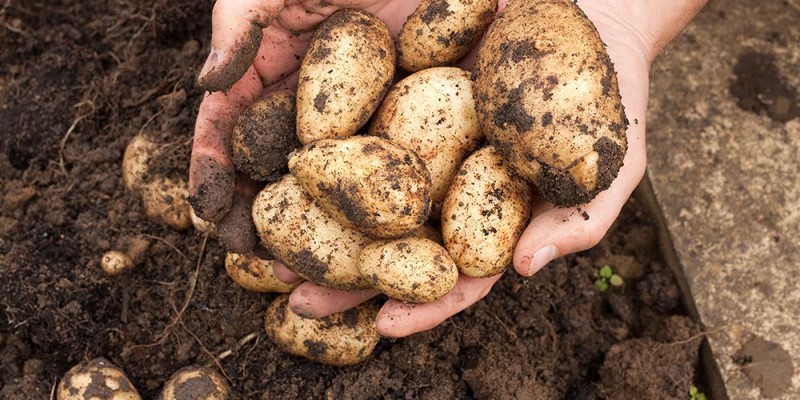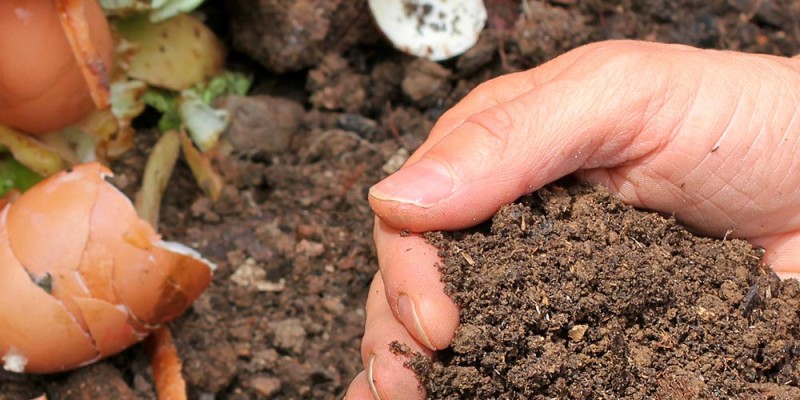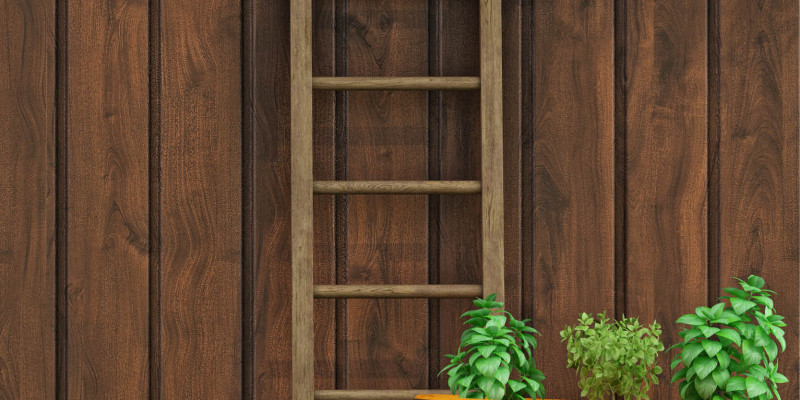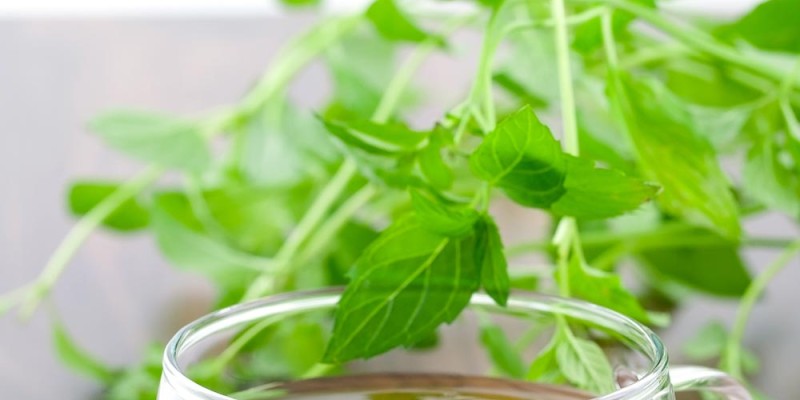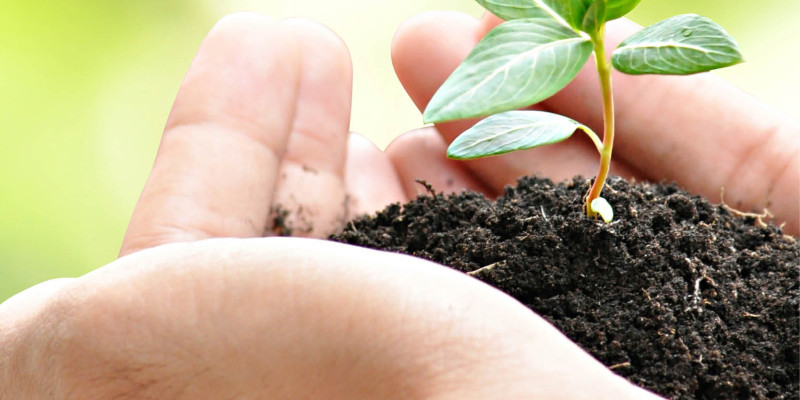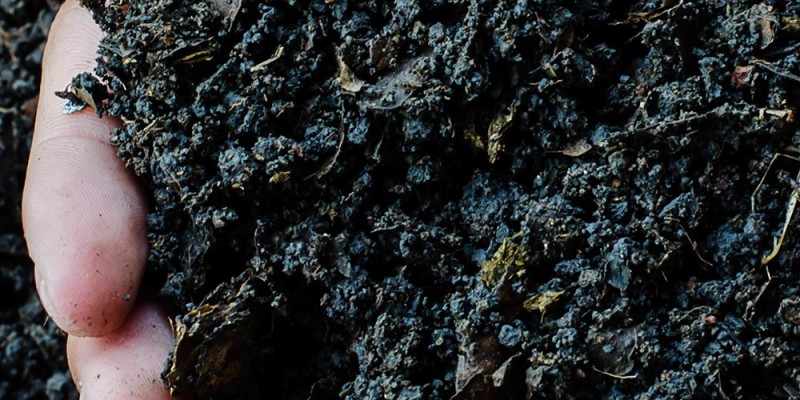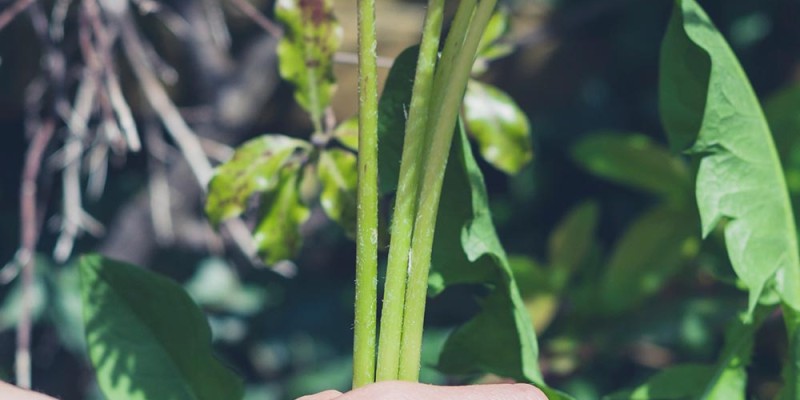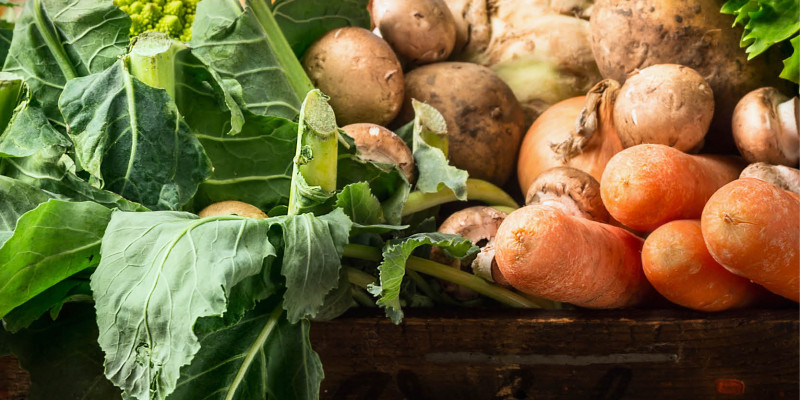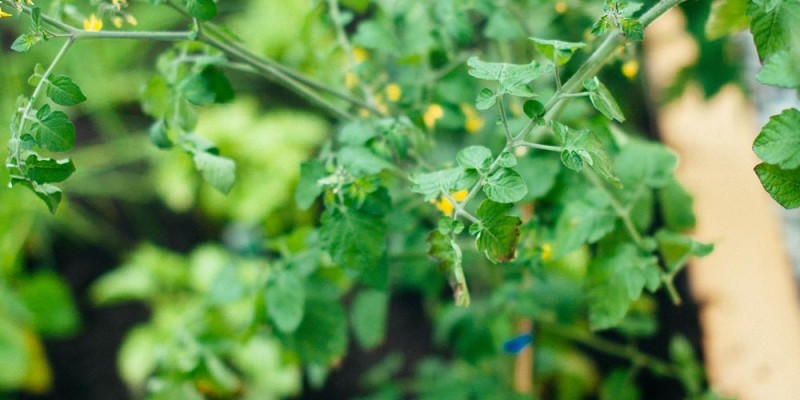It is summer here in the northern hemisphere and with that in my area we usually have one of two extremes going on right now. We either have excessive rain or like this year we have had very small amounts infrequently with very hot temperatures in between.
I thought today I would go through a number of tips I use to conserve water in the garden through the hot summer days.
Waters Role in Plants
The plants in your garden need water to move nutrients into the plant it also helps with the structure of the plant and is essential for photosynthesis. Needless to say water is very important. Lack of water can cause damage or death of the plant relatively quickly.
When to Water
Tools I find rather helpful to manage my watering is a water meter and rain gauge.
The rain gauge helps me get an idea of the amount of precipitation I get when it does happen. It helps me figure out if I need to water or not.
If I do need to water the meter lets me see what the moisture levels are like lower in the soil. It may be the case that the surface is dry but the plants have access to water below the surface of the soil.
When watering the right time of day is really important. Watering during the heat of the day will result in much more evaporation and slows the waters ability to soak deeper into the soil. Watering during the morning while it is cool helps prevent these losses. If you happen to be in an area of high humidity watering at night is generally not recommended as it is said to accelerate disease issues.
How to Water
Soil when dry can be resistant to soaking up water right away. If you water too fast the water will find channels out of the soil before it can be soaked up. When you do water make sure to do a deep watering. This is where you take your time and slowly water the area over a longer period of time. The water is able to soak into the soil getting deeper while wasting less.
You can stop watering, and prevent over watering, when your water meter indicates the moisture has soaked in a few cm or inches. If you don’t have a water meter you can stick a figure into the soil if it sticks to your figure tip it’s likely moist.
Water Recycling
I often try to use recycle water when possible. I collect rain water or use cold coffee or tea from the house. This puts every drop to use that I can.
Preventing Evaporation
Now that we have discussed how and when to water the next few tips deal with keeping the water available to the plants over time.
The sun and wind are effective at causing evaporation in the soil. Preventing direct sun and wind contact with the soil will help slow the evaporation of water from the soil. You can do this in a number of ways. I used Mulch & Dense Planting to help conserve the water in the soil. You can also plan your garden so it gets afternoon shade from a building, tree or shade cloth.
Water Retention
The soil below the mulch can also be built to help hold water. Compost is a great way to add nutrients to your soil but it is also a great way to add absorbent materials that will help hold the nutrients and water in place. Composts made of woody material will leave behind Humus which tends to be good at absorbing and holding water. You can add other soil amendments that have similar properties however woodchips tend to be available locally and often at no cost.
Self-watering containers
Self-watering containers are great way to conserve water. They have a reservoir for the water below the soil. The Capillary action in the soil wicks the water into the rooting zone as it is needed helping to reduce the evaporative loss at the surface of the soil. When it rains that same reservoir can be filled by the water that drains out of the soil, helping to reduce runoff losses.
Types of Plants
If you consistently have drought conditions in the summer you may want to focus your effort on varieties of plants that are better suited for life in a dry area. For instance you may want to avoid heavy water using crops like corn and beans and focus more so on drought tolerant plants like grapes or garlic.
Some plants can be plated in a manner that allows them to be more drought tolerant. Members of the night shade family like potatoes and tomatoes can be planted deeper into the soil. They will sprout new roots from the covered stalk while leaving the main root ball lower in the soil able to access deeper water reserves.
Keeping on top of weeding will also help as they will compete for the water in the rooting zone and once pulled you can add them to your mulch layer to further help reduce evaporation and recycle their nutrients.
Water Retention Friendly Growing Methods
Other Gardening Methods can use far less water than traditional soil gardening. Hydroponics and Aquaponics are said to use just a fraction of the water as they are traditionally closed systems that recirculate the same water a number of times. Losses of water through evapotranspiration of the plant can be recollected if indoors with a dehumidifier further recycling the water.
Conclusion
These are just a few ways to conserve water regardless you are in a drought or just dealing with the summer’s heat. Conserving water is important to me as the practice reduce the footprint and cost of my garden.
